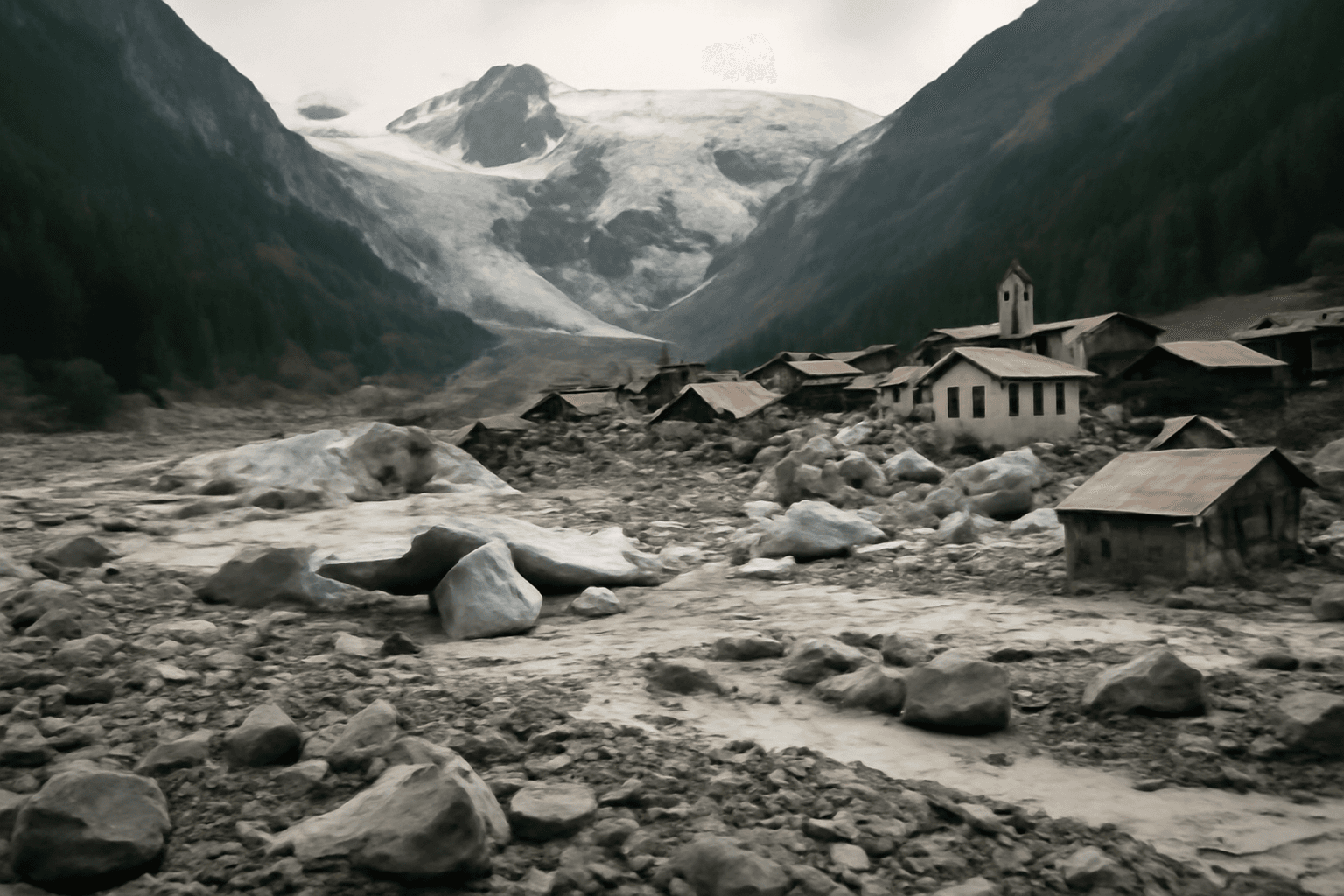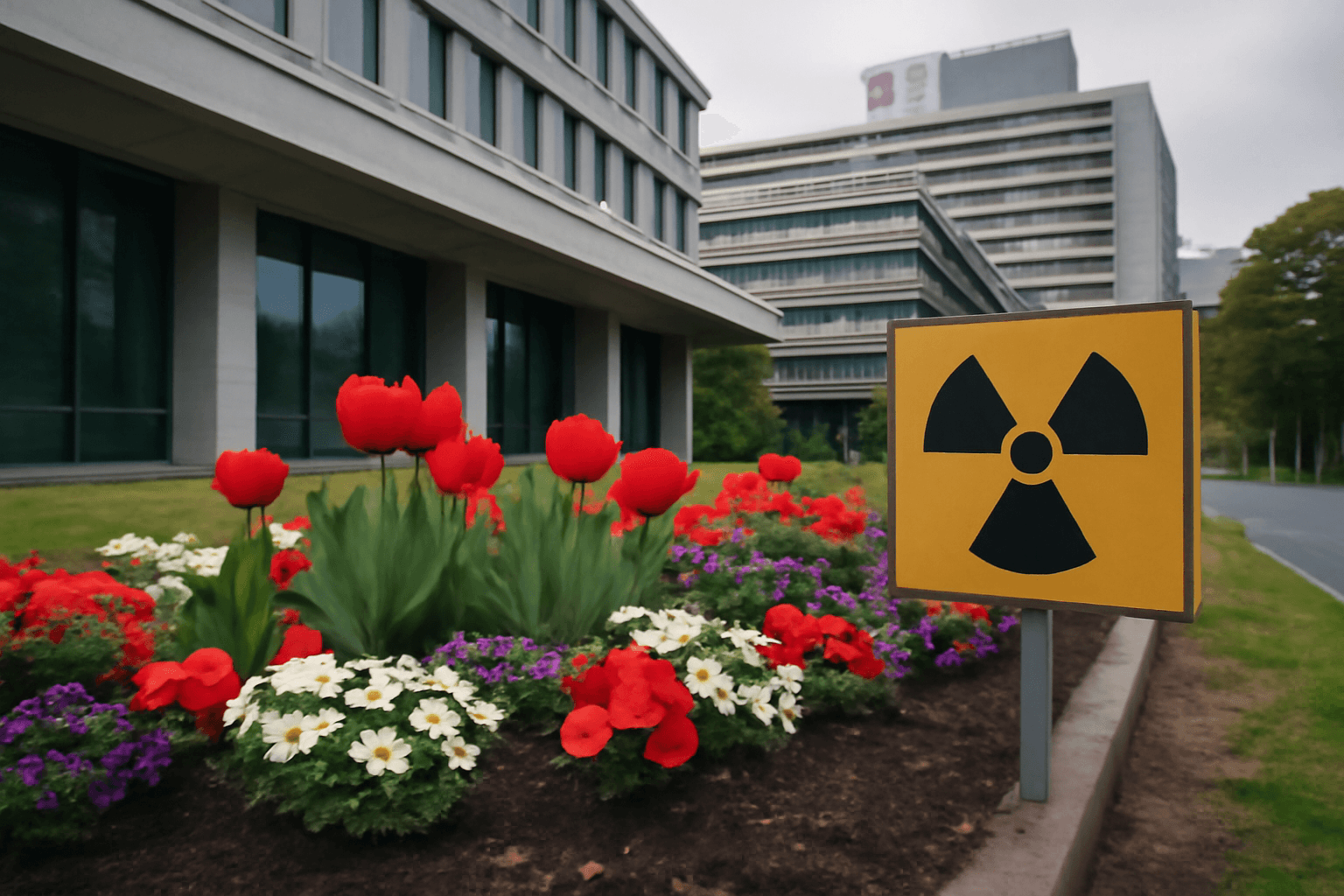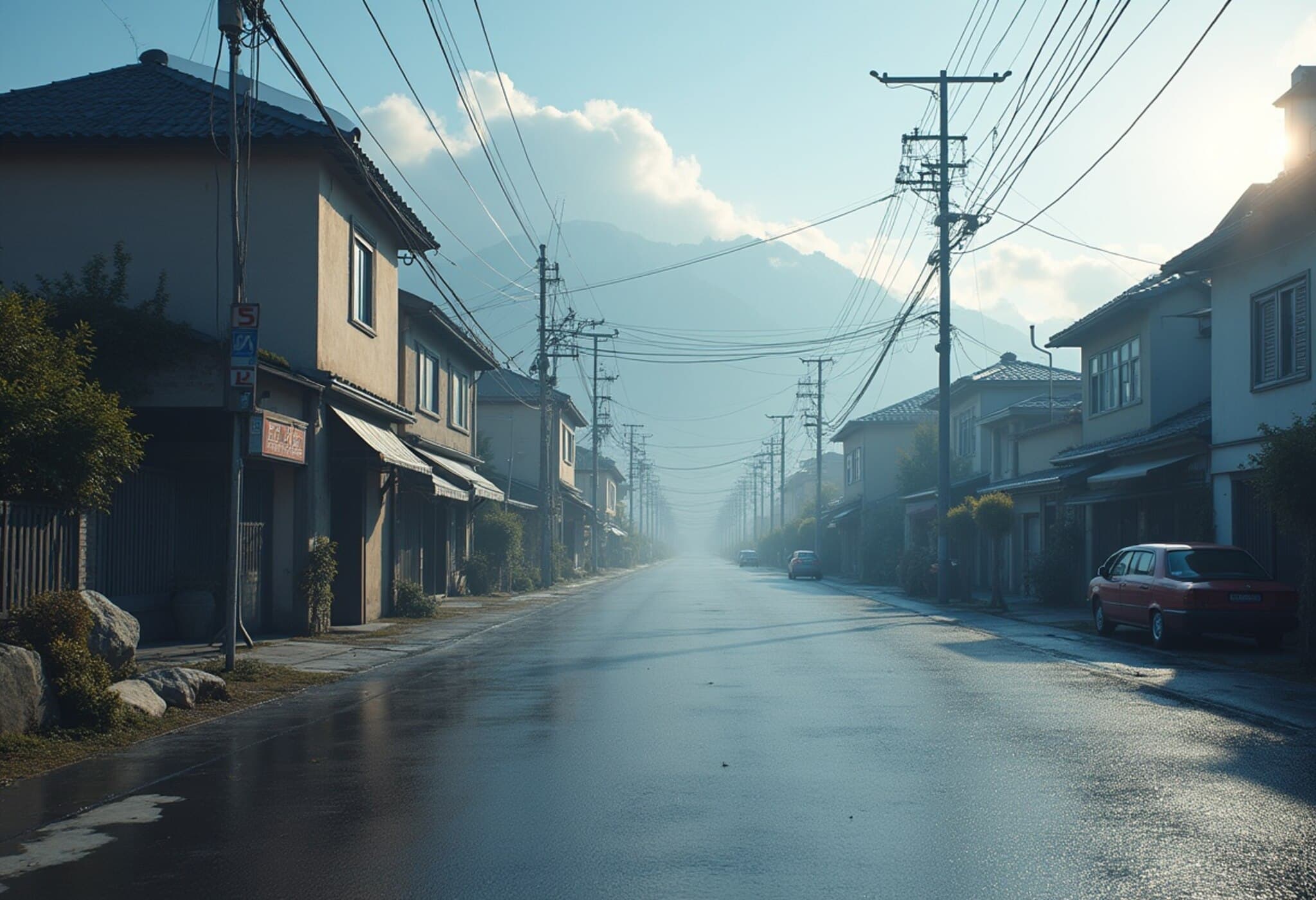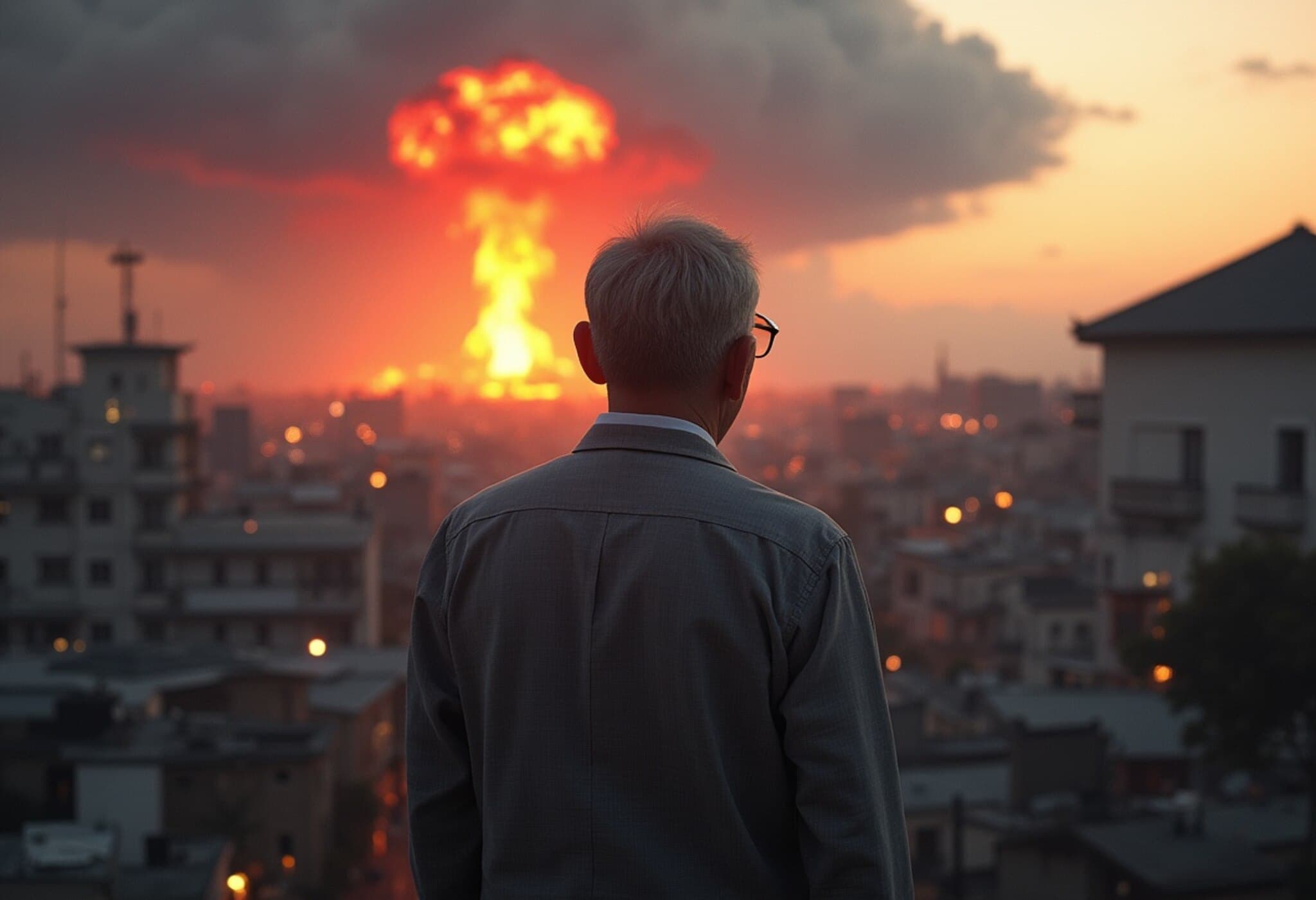Japan Plants Decontaminated Fukushima Soil at Prime Minister’s Office
In a symbolic yet carefully calculated move, Japan’s Environment Ministry recently delivered two cubic meters of decontaminated soil from Fukushima to the Prime Minister’s Office garden in Tokyo. Though the soil retains minute traces of radioactivity, officials emphasize it has undergone rigorous cleansing operations and meets international safety standards.
Placed discreetly beneath the lawn outside the PM’s residence, this soil installation aims to publicly demonstrate Japan’s confidence in the safety of repurposed materials from the aftermath of the 2011 Fukushima nuclear disaster.
Demystifying the Soil’s Origin and Safety Measures
Contrary to potential concerns, the soil was not taken from inside the crippled Fukushima Daiichi nuclear power plant premises. Rather, it originates from nearby areas subjected to intense decontamination campaigns over the past decade. These efforts have systematically reduced radiation levels to minimal, nearly background, readings.
The Environment Ministry has underscored that the soil use adheres to strict protocols approved by the International Atomic Energy Agency (IAEA). After placement, the soil will be buried and overlaid with a sufficient depth of uncontaminated topsoil, ensuring radiation exposure at the surface remains negligible for residents and visitors alike.
Addressing the Larger Challenge of Fukushima Waste Management
This initiative emerges amidst an ongoing national debate about managing approximately 14 million cubic meters of radioactive soil currently stored in temporary containment facilities across Fukushima Prefecture. The government has committed to relocating this material beyond the region by 2045, underlining a long-term remediation strategy.
Japan’s plans also include significant steps in handling melted nuclear fuel debris—over 880 tons still present within the power plant site that require safe removal and storage. Furthermore, the decision last year to release treated radioactive water into the Pacific Ocean has sparked global attention, reflecting the complexity of balancing safety, environmental protection, and public acceptance.
Public Perception and Government Communication Efforts
Despite the government's reassurances, public skepticism remains palpable. An earlier attempt to use similar decontaminated soil in Tokyo’s flower beds was halted due to backlash fueled by radiation fears and distrust. Japanese officials, including Chief Cabinet Secretary Yoshimasa Hayashi, have openly acknowledged these anxieties and called for comprehensive, transparent communication strategies to foster informed understanding.
Experts emphasize that successful disaster recovery efforts not only rest on technical soundness but also on rebuilding public trust through openness, education, and community engagement.
Expert Insight: A Model for Nuclear Cleanup and Public Engagement?
From a policy perspective, Japan’s measured approach in reusing decontaminated soil at such a visible government site serves multiple strategic purposes:
- Symbolic reassurance: Demonstrates official confidence in scientific safety assessments.
- Public education: Helps demystify radiation risks and promotes rational discourse.
- International standards adherence: Aligns with globally recognized nuclear safety protocols.
Nevertheless, this effort delineates a broader challenge faced by nations managing nuclear legacies—balancing technical remediation with societal acceptance in a landscape often shadowed by fear and misinformation.
What’s Next for Fukushima Soil?
As Japan moves forward with its extensive cleanup plans, the eyes of the world remain fixed on how effectively it can rehabilitate contaminated zones while ensuring environmental safety and restoring public confidence. The experiment at the Prime Minister’s garden may well become a small but significant chapter in this ongoing narrative.
Editor’s Note
Japan’s decision to use Fukushima’s decontaminated soil at the Prime Minister’s Office is more than a horticultural choice—it’s a deliberate statement about recovery and risk management after a nuclear crisis. This bold move highlights the intersection of science, politics, and public sentiment in Japan’s journey toward healing. As international audiences follow this story, critical questions arise: How can governments effectively communicate technical risk in times of complex recovery? And what lessons might this teach the world about rebuilding trust after technological disasters?



















